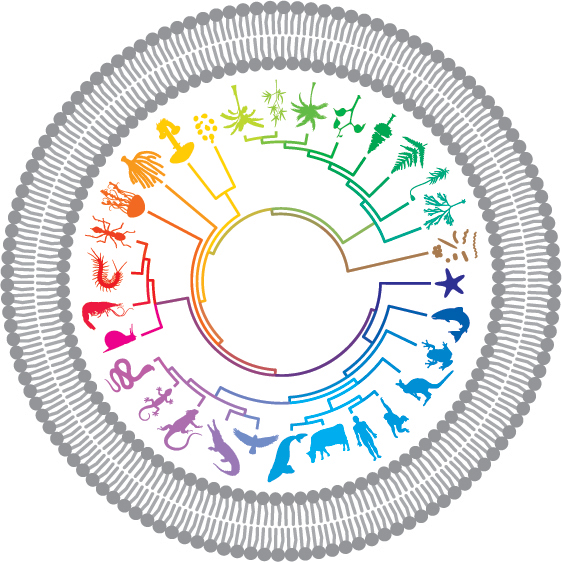 The concept of the stem cell niche – as a microenvironment for pluripotent stem cells – is an old one but one that evolves with advances in the tools to identify stem cells and visualize the niche. In a new Forum article for BMC Biology eight experts in different fields discuss the definition of a stem cell niche and what is important about the niche they are studying. The niches discussed include the well-established nematode germline cell niche (by Judith Kimble), the more “classical” niches of the skin (by Elaine Fuchs) and gut (by Hans Clevers), niches of the muscle (by Didier Montarras and Margaret Buckingham), neuron (by Anne Calof) and bone marrow (by Andreas Trumpp), and the more recently described niche for metastatic/cancer stem cells (by Thordur Oskarsson). Our experts describe how each niche forms and highlight its unique characteristics, for example, what triggers a stem cell to leave its quiescent state (ranging from injury to activation by various signaling pathways) and how the extracellular matrix influences the niche.
The concept of the stem cell niche – as a microenvironment for pluripotent stem cells – is an old one but one that evolves with advances in the tools to identify stem cells and visualize the niche. In a new Forum article for BMC Biology eight experts in different fields discuss the definition of a stem cell niche and what is important about the niche they are studying. The niches discussed include the well-established nematode germline cell niche (by Judith Kimble), the more “classical” niches of the skin (by Elaine Fuchs) and gut (by Hans Clevers), niches of the muscle (by Didier Montarras and Margaret Buckingham), neuron (by Anne Calof) and bone marrow (by Andreas Trumpp), and the more recently described niche for metastatic/cancer stem cells (by Thordur Oskarsson). Our experts describe how each niche forms and highlight its unique characteristics, for example, what triggers a stem cell to leave its quiescent state (ranging from injury to activation by various signaling pathways) and how the extracellular matrix influences the niche.
With this topical discussion, BMC Biology launches its Forum articles, in which the perspectives of several experts are brought together in one article to answer the same question.
 The Forum on stem cell niches is part of the cross-journal stem cell collection, comprising articles on many aspects of stem cell research, and is introduced by Arthur Lander, Consulting Editor for BMC Biology on the series, and who speculates that the niche may act as “a hub of inter-lineage coordination”, commenting that with emerging novel in vivo imaging techniques and methods to identify the niche and stem cells within that environment, we can hope to see the answers to the many open questions that he and our experts delineate.
The Forum on stem cell niches is part of the cross-journal stem cell collection, comprising articles on many aspects of stem cell research, and is introduced by Arthur Lander, Consulting Editor for BMC Biology on the series, and who speculates that the niche may act as “a hub of inter-lineage coordination”, commenting that with emerging novel in vivo imaging techniques and methods to identify the niche and stem cells within that environment, we can hope to see the answers to the many open questions that he and our experts delineate.
Ann Le Good, Deputy Editor, BMC Biology
Latest posts by Alice Plane (see all)
- Folates, lifespan and the gut microbiome - 31st July 2012
- Now on video: Diet, cancer and obesity – Emperors’ clothes and Elephants - 12th July 2012
- Breaking walls and mending organs - 17th May 2012
Comments